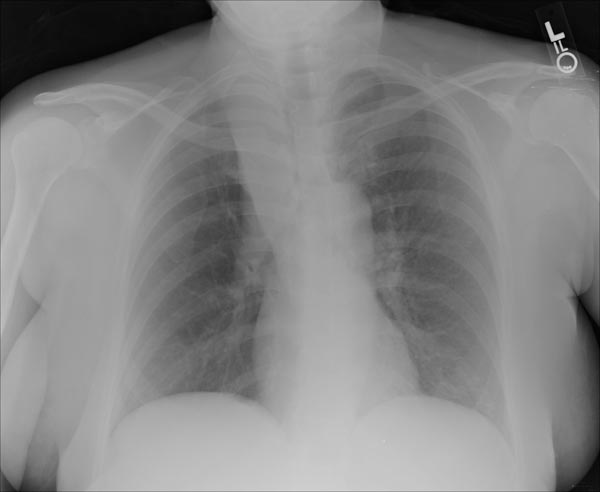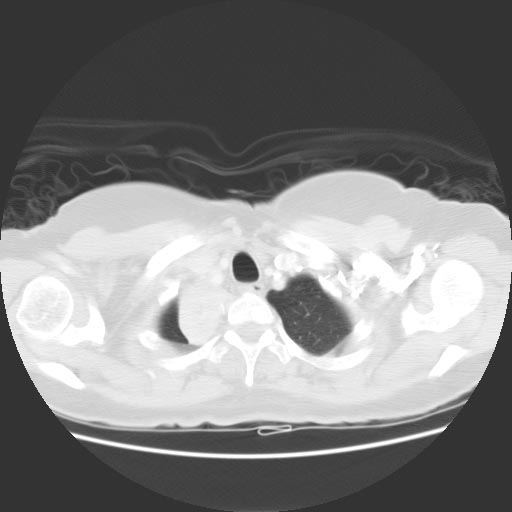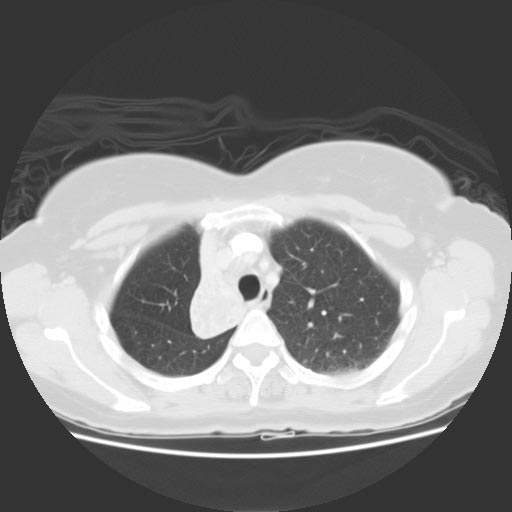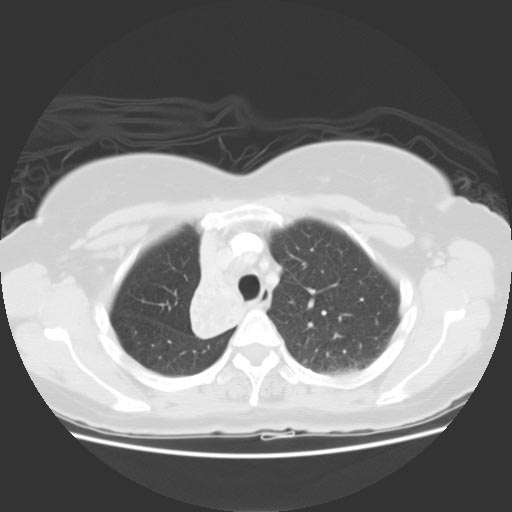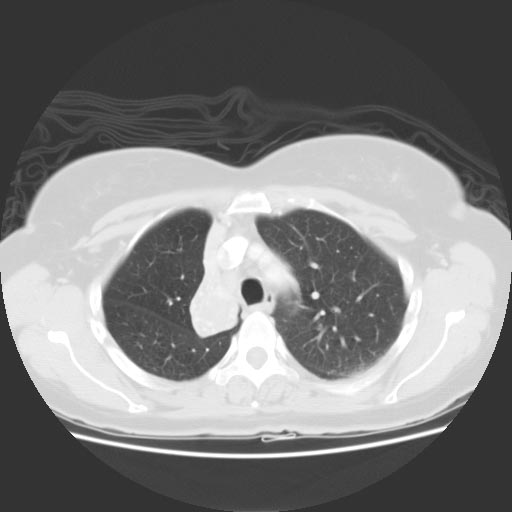Atelectasis CT
|
Atelectasis Microchapters |
|
Diagnosis |
|---|
|
Treatment |
|
Case Studies |
|
Atelectasis CT On the Web |
|
American Roentgen Ray Society Images of Atelectasis CT |
Editor-In-Chief: C. Michael Gibson, M.S., M.D. [1] Associate Editor(s)-in-Chief: Sudarshana Datta, MD [2]
Overview
There are no CT scan findings associated with [disease name].
OR
[Location] CT scan may be helpful in the diagnosis of [disease name]. Findings on CT scan suggestive of/diagnostic of [disease name] include [finding 1], [finding 2], and [finding 3].
OR
There are no CT scan findings associated with [disease name]. However, a CT scan may be helpful in the diagnosis of complications of [disease name], which include [complication 1], [complication 2], and [complication 3].
CT
- There are no CT scan findings associated with [disease name].
OR
- [Location] CT scan may be helpful in the diagnosis of [disease name]. Findings on CT scan suggestive of/diagnostic of [disease name] include:
- [Finding 1]
- [Finding 2]
- [Finding 3]
OR There are no CT scan findings associated with [disease name]. However, a CT scan may be helpful in the diagnosis of complications of [disease name], which include: [Complication 1] [Complication 2] [Complication 3] CT scans demonstrates direct and indirect signs of lobar collapse.
Direct signs: Displacement of fissures Opacification of the collapsed lobe
Indirect signs: Hilar displacement Mediastinal shift toward the side of collapse Loss of volume on ipsilateral hemithorax Elevation of ipsilateral diaphragm Rib crowding Compensatory hyperlucency of the remaining lobes Silhouetting of the diaphragm or the heart border.
Complete atelectasis of an entire lung: Complete collapse of a lung leads to opacification of the entire hemithorax Ipsilateral shift of the mediastinum Mediastinal shift separates atelectasis from massive pleural effusion
RUL collapse: RUL collapse appears as a right paratracheal opacity Minor fissure appears concave laterally
Atelectatic RML: Tilted ice cream cone sign: Appears as a triangular opacity against the right heart border with the apex pointing laterally
Collapsed RLL: Paraspinal masslike appearance
Left upper lobe (LUL) collapse: Left upper lobe has an inferior location due to collapse RUL appears to be shifted across the midline
Left lower lobe (LLL) collapse: Atelectatic LLL in the inferior posterior location Images shown in this section are courtesy of RadsWiki and copylefted.
